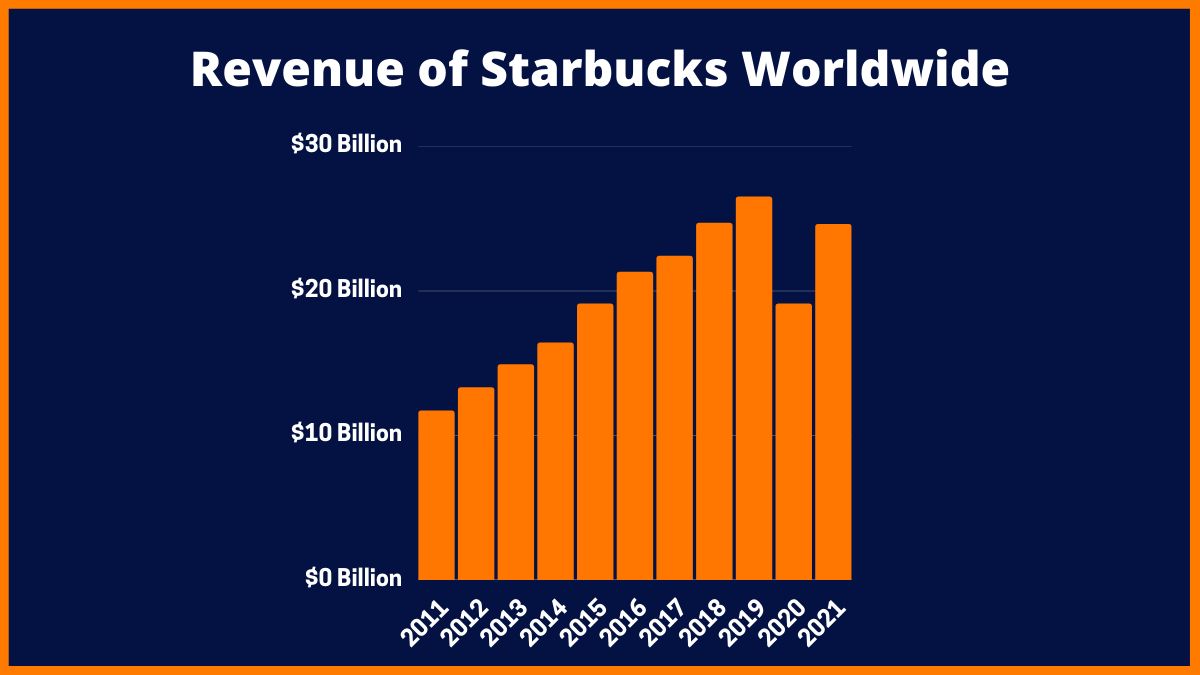Introduction
Starbucks Corporation, founded in 1971, has grown from a single coffee shop in Seattle to a global coffeehouse chain with a ubiquitous presence. This case study examines Starbucks’ successful global expansion strategy, highlighting key factors that have contributed to its international growth and market leadership.
Key Elements of Starbucks' Global Expansion Strategy

- Strategic Market Entry: Starbucks adopts a strategic approach to market entry, emphasizing metropolitan areas and high-traffic locations. This strategy ensures visibility and accessibility, targeting urban consumers and leveraging foot traffic for customer acquisition.
- Localized Product Offerings: Starbucks tailors its menu to accommodate local tastes and preferences while maintaining core offerings. This localization strategy includes introducing region-specific beverages, food items, and seasonal promotions that resonate with diverse cultural palates.
- Brand Consistency and Customer Experience: Starbucks prioritizes brand consistency across global markets, ensuring uniformity in product quality, service standards, and store ambiance. This commitment to customer experience fosters brand loyalty and enhances customer satisfaction worldwide.
- Franchise and Partnership Models: Starbucks utilizes franchise partnerships and joint ventures to facilitate global expansion. This approach allows Starbucks to leverage local expertise, navigate regulatory environments, and accelerate market penetration while sharing operational responsibilities.
- Innovative Store Formats: Starbucks innovates with store formats tailored to local preferences and market dynamics. This includes urban cafes, drive-thru locations, and concept stores that integrate digital technology and sustainability initiatives to enhance customer engagement.
- Corporate Social Responsibility (CSR) Initiatives: Starbucks integrates CSR initiatives into its global expansion strategy, focusing on ethical sourcing practices, environmental sustainability, and community engagement. These initiatives resonate with socially conscious consumers and contribute to brand reputation.
Case Examples of Starbucks' Global Expansion

- Expansion into China: Starbucks’ rapid expansion in China exemplifies its successful adaptation to local market dynamics, including cultural preferences for tea-based beverages and digital payment innovations.
- Acquisition of Teavana and Evolution Fresh: Strategic acquisitions have diversified Starbucks’ product offerings and strengthened its market position in the global beverage industry.
Challenges and Criticisms
Despite its success, Starbucks faces challenges such as market saturation in developed regions, competition from local coffee chains, and fluctuations in coffee bean prices. Adapting to evolving consumer behaviors, economic trends, and regulatory landscapes poses ongoing challenges for sustained growth.
Conclusion
Starbucks’ global expansion strategy underscores the importance of strategic market positioning, cultural adaptation, and customer-centric innovation in achieving international success. By prioritizing brand integrity, localized relevance, and sustainability, Starbucks continues to redefine the coffeehouse experience and drive global growth.
Future Outlook
As Starbucks navigates future challenges and opportunities, its focus on digital transformation, menu innovation, and expansion in emerging markets (e.g., India, Africa) will shape its growth trajectory. Embracing technology, fostering customer engagement, and advancing sustainability goals will be pivotal in sustaining leadership in the competitive global coffee industry.
References
- Starbucks Corporation (Official Website)
- Industry Reports and Analysis
- Academic Research on Global Expansion Strategies




